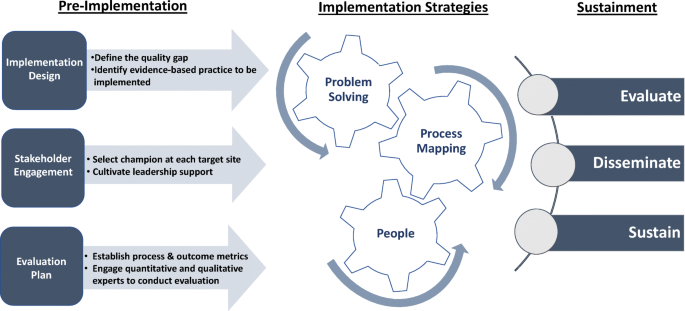
In the healthcare industry, having the right staff in place is crucial for providing quality care to patients and ensuring the smooth operation of healthcare facilities. Implementing effective healthcare staffing solutions is essential to meet the demands of an ever-evolving industry while maintaining high standards of patient care. This article explores strategies for success in healthcare staffing that can help healthcare organizations optimize their staffing processes and achieve better outcomes.
Assessing Staffing Needs
Conducting a Thorough Assessment
- Review current staffing levels and workload
- Identify areas of need or potential inefficiencies
- Consider seasonal fluctuations in demand
Before implementing any staffing solutions, it is important to conduct a thorough assessment of your current staffing levels and workload. Reviewing your current staff-to-patient ratio can help identify areas where additional staff may be needed or where there may be inefficiencies in the current staffing structure. It is also important to consider any seasonal fluctuations in demand that may require temporary staffing solutions.
Utilizing Data and Analytics
- Utilize data to forecast staffing needs
- Analyze trends in patient admissions and acuity levels
- Consider staff turnover rates and recruitment challenges
Utilizing data and analytics can help healthcare organizations forecast their staffing needs more accurately. By analyzing trends in patient admissions and acuity levels, as well as staffing turnover rates and recruitment challenges, organizations can make more informed decisions about their staffing requirements. Data-driven staffing solutions can help organizations optimize their staffing levels and improve overall operational efficiency.
Implementing Flexible Staffing Models
Utilizing Float Pools and Per Diem Staff
- Utilize float pools for flexible staffing across departments
- Hire per diem staff for short-term staffing needs
- Utilize agency staff for specialized services
Implementing flexible staffing models can help healthcare organizations adapt to fluctuating staffing needs more effectively. Utilizing float pools can provide a pool of staff members who can be deployed across different departments based on current needs. Hiring per diem staff can help fill short-term staffing gaps, while utilizing agency staff for specialized services can ensure that patients receive the care they need, even during peak demand periods.
Implementing Cross-Training Programs
- Cross-train staff to work in multiple areas
- Ensure staff have a diverse skill set
- Improve staff flexibility and adaptability
Implementing cross-training programs can help healthcare organizations build a more flexible and adaptable workforce. By cross-training staff to work in multiple areas, organizations can ensure that they have staff members who can fill in wherever they are needed most. Cross-training can also help staff develop a diverse skill set, improving the overall quality of care provided to patients.
Enhancing Recruitment and Retention Strategies
Offering Competitive Compensation and Benefits
- Offer competitive salaries and benefits packages
- Provide opportunities for career advancement
- Implement retention bonuses or incentives
Offering competitive compensation and benefits is key to attracting and retaining top talent in the healthcare industry. Providing competitive salaries and benefits packages, as well as opportunities for career advancement, can help organizations attract qualified staff members and reduce turnover rates. Implementing retention bonuses or incentives can also help organizations retain staff members in the long term.
Implementing Employee Wellness Programs
- Offer wellness programs to promote staff well-being
- Provide access to mental health resources
- Implement work-life balance initiatives
Employee wellness programs can help healthcare organizations support the well-being of their staff members. By offering wellness programs that promote physical and mental health, organizations can help staff members manage stress and prevent burnout. Providing access to mental health resources and implementing work-life balance initiatives can also help improve staff morale and retention rates.
Utilizing Technology Solutions
Implementing Staffing Software
- Utilize software to optimize scheduling and staffing levels
- Automate the recruitment and onboarding process
- Utilize predictive analytics to forecast staffing needs
Implementing staffing software can help healthcare organizations streamline their staffing processes and optimize scheduling. By automating the recruitment and onboarding process, organizations can reduce the time and resources spent on hiring new staff members. Staffing software can also utilize predictive analytics to forecast staffing needs more accurately, helping organizations proactively address staffing challenges.
Implementing Telehealth and Remote Work Solutions
- Utilize telehealth solutions to expand access to care
- Implement remote work options for staff members
- Provide virtual training and development opportunities
Implementing telehealth and remote work solutions can help healthcare organizations adapt to the changing needs of the industry. By utilizing telehealth solutions, organizations can expand access to care and reach patients in remote or underserved areas. Implementing remote work options for staff members can also help improve work-life balance and attract top talent. Providing virtual training and development opportunities can help staff members stay current on industry trends and best practices.

